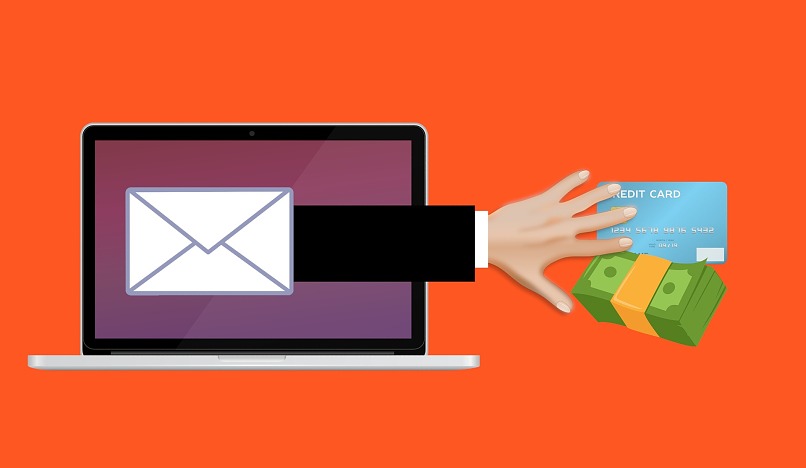Hackers Redirect Guests to Fake Booking.com to Steal Cards

Cybersecurity researchers have uncovered a sophisticated phishing campaign that targets hotels, booking sites, and travel agencies, designed to steal the financial data of customers. The hackers compromise and then send phishing messages via the affected service’s official communication channels — a tactic that has remarkably increased the attack’s success rate.
Researchers at Perception Point found that the campaign begins with a seemingly innocuous query or reference to an existing hotel reservation. It also uses advanced social engineering techniques — the attackers attempt to take advantage of the victim’s empathy, often citing a medical condition or special request. They then send allegedly important documents via a URL, which in actuality is a carefully laid trap.
After clicking the URL, the victim is directed to an info-stealing malware. This malicious software is adept at collecting sensitive information, including credentials and financial data.
However, that’s not all. The final phase of the attack involves the victim receiving a link for alleged credit card verification. This unveils a fake Booking.com payment page – designed to be another method of stealing the user’s financial info.
Researchers from Akamai noted that the attackers gain access to legitimate customer communication channels after infiltrating the hotel's systems. This provides them with a direct and trusted channel to their victims. Under the guise of the compromised hotel, booking service, or travel agency, the cybercriminals are able to send phishing messages that closely mimic genuine requests.
Users should remain vigilant to protect against phishing campaigns such as this one. Avoid clicking on unsolicited links, even if they seem legitimate, and exercise caution with messages urging immediate action. Scrutinizing URLs for signs of deception is also crucial. Security experts advise users to contact the company directly through official channels, like email or phone, to seek clarification on suspicious messages.



Please, comment on how to improve this article. Your feedback matters!